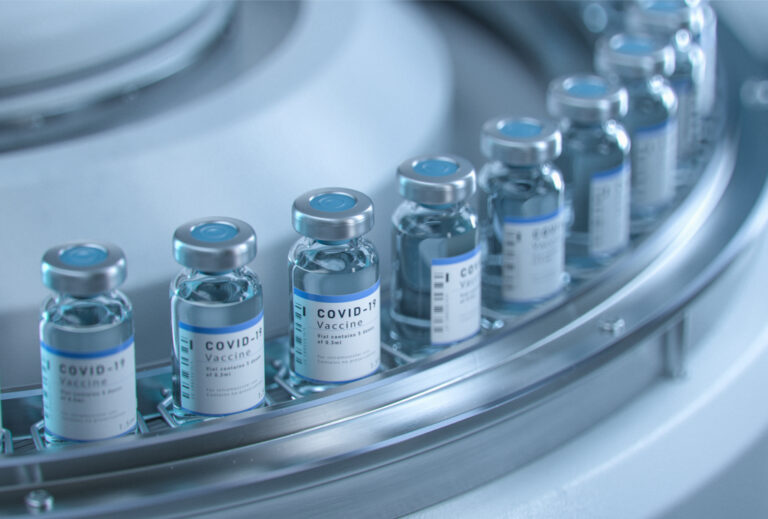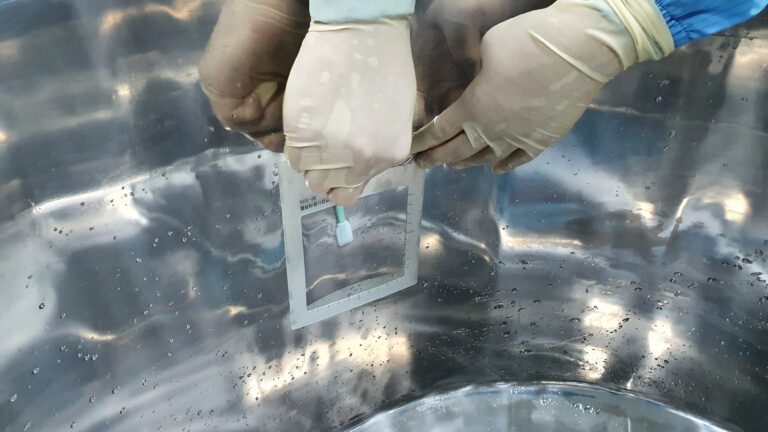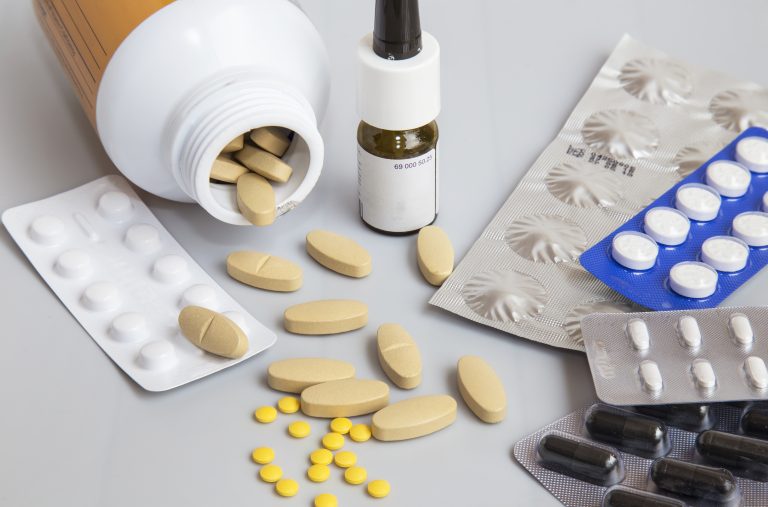The EU-US Mutual Recognition Agreement for manufacturers inspection for human medicines

Our Life Science Consultant expert, Sara, tells us about the Mutual Recognition Agreement ( MRA ) for the manufactures inspections of human medicines between the United States and the European Union.
The great transatlantic MRA
In 1998, the EU and the US signed a broad Mutual Recognition Agreement (MRA). This one included a Pharmaceutical Annex providing for anticipated and limited reliance on each other’s Good Manufacturing Practices (GMP ) inspections. From May 2014, FDA and the EU have collaborated to evaluate the way they both inspect drug manufacturers and assess the risks and benefits of mutual recognition of drug inspections.
Consequently, this new MRA came into force on the 1 st of November 2017. This started a transition phase where the authorities assessed each other’s pharmaceutical legislation, guidance documents and regulatory systems as part of the agreement. For the human medicines covered by the MRA, this transition phase ended on the 11 th of July 2019:
- The FDA completed its assessment of all 28 EU Good Manufacturing Practices inspectorates for human medicines. This confirmed that they have the capability, capacity and procedures in place to carry out GMP inspections at a level equivalent to the US.
- The European Commission confirmed in June 2017 that the US Food and Drug Administration has the capability, capacity and procedures in place to carry out GMP inspections for human medicines at a level equivalent to the EU.
FDA will continue to perform some inspections in EU countries with capable inspectorates. Such as product manufacturing assessment’s analysis to support marketing approval decisions.
Products covered by the EU-US MRA and territorial applicability
The products covered by the agreement are the following:
- Marketed pharmaceuticals for human use in various pharmaceutical dosage forms such as tablets, capsules, ointments, and injectables, including:
- Medical gases
- Radiopharmaceuticals or radioactive biological products
- Herbal (botanical) products if classified as medicinal products (EU) or as drugs (US)
- Homeopathic products
- Marketed biological products:
- Therapeutic biotechnology-derived biological products
- Allergenic products
- Intermediates
- Active pharmaceutical ingredients or bulk drug substance.
This agreement covers the products manufactured in the territories of the EU and the US. Also the manufacturers in third countries inspected by the regulatory authority of either party (‘voluntary acceptance’).
Products excluded and expectations on expansion of the MRA operational scope
Excluded from the MRA operational scope are human blood and plasma, human tissues and organs, veterinary immunological and advanced therapy medicinal products.
In the future, it is expected to include the following in the scope of the MRA:
- Firstly, veterinary medicines (by December 2019) – transition phase ongoing
- Secondly, faccines for human use and plasma-derived medicines (by July 2022)
- Finally, products intended to use in clinical trials (at a later stage)
Benefits gained from the EU-US MRA
The new EU-US MRA:
- Greater yields for US and EU regulatory systems by avoiding duplication of inspections
- Reduces the overall costs with inspections
- Enables the reallocation of resources towards inspection of drug manufacturing facilities with potentially higher public health risks across the globe.
The European Commissioner, Vytenis Andriukaitis, in charge of Health and Food Safety said: “The completion of the MRA is not only a step forward in the trade relations between the EU and the US, but it will also ensure high quality medicines for the benefit of patients. In other words, on both sides of the Atlantic, the authorities in charge of medicines can now rely on inspections results to replace their own inspections.”
This agreement has an unprecedented impact, as Europe and the United States together reach the 80% of global new medicines (EU)/new drug (US) sales.
Other Mutual Recognition Agreements (MRAs) between EU and third-countries
The MRA in the US is the most recent agreement signed by the EU. The EU has several other MRAs (with different scopes) with other third-country authorities: Australia, Canada, Israel, Japan, New Zealand and Switzerland.
MRAs allow EU authorities and their counterparts to rely on each other’s GMP inspection system, share information on inspections and quality defects and waive batch testing of products on import into their territories.
MRAs are trade agreements that aim to facilitate market access and encourage greater international harmonisation while protecting consumer safety.
These agreements benefit regulatory authorities by reducing duplication of inspections, allowing for greater focus on sites that could have a higher risk and broadening the inspection coverage of the global supply chain.
They also allow to reduce costs for manufacturers by reducing the number of inspections taking place at facilities and avoiding re-testing of their products upon importation.











